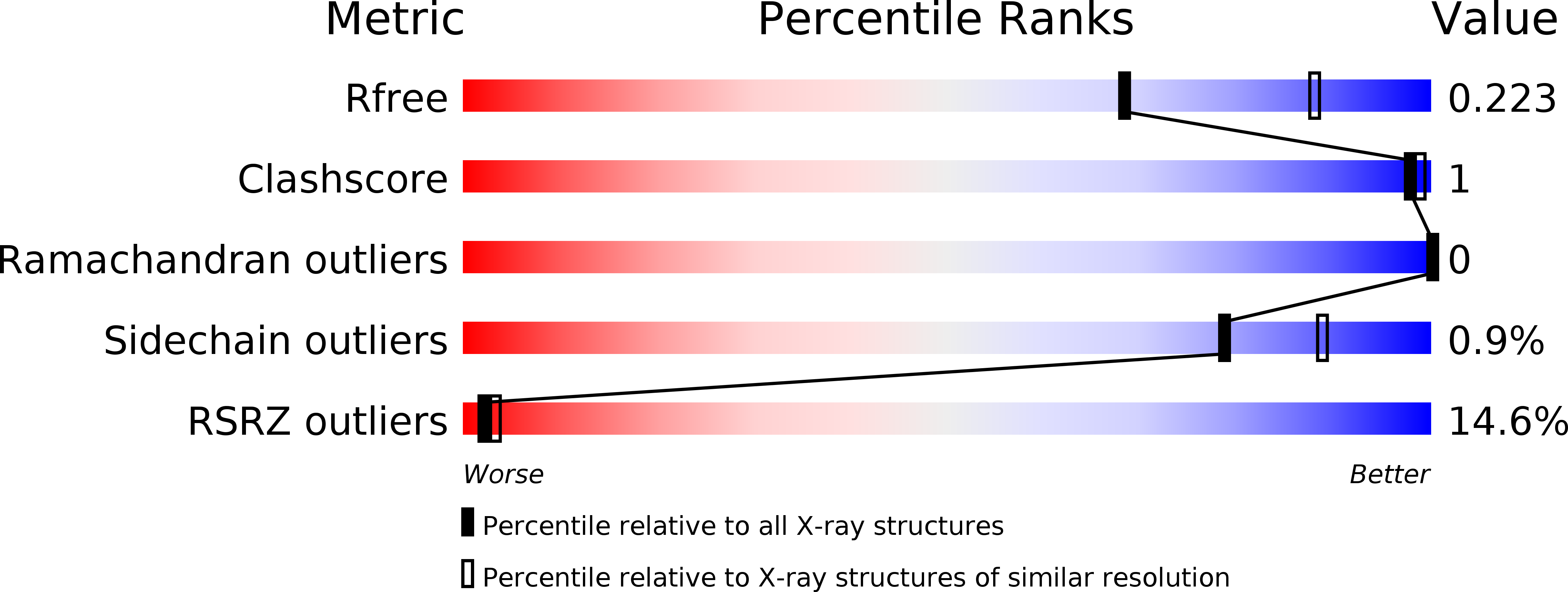
Deposition Date
2015-12-22
Release Date
2016-05-18
Last Version Date
2023-09-27
Entry Detail
PDB ID:
5FI8
Keywords:
Title:
Crystal structure of plasmodium falciparum dihydroorotate dehydrogenase bounded with DSM422 (Tetrahydro-2-naphthyl and 2-indanyl triazolopyrimidine)
Biological Source:
Source Organism:
Plasmodium falciparum (isolate 3D7) (Taxon ID: 36329)
Host Organism:
Method Details:
Experimental Method:
Resolution:
2.32 Å
R-Value Free:
0.22
R-Value Work:
0.17
R-Value Observed:
0.18
Space Group:
P 64


